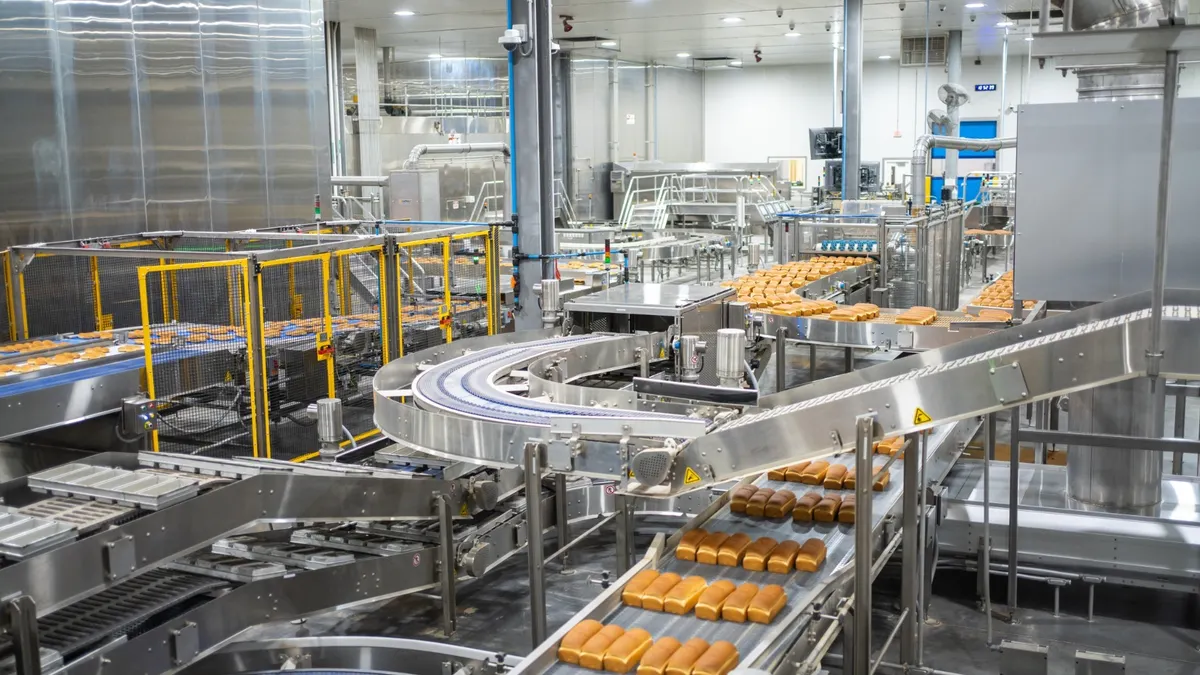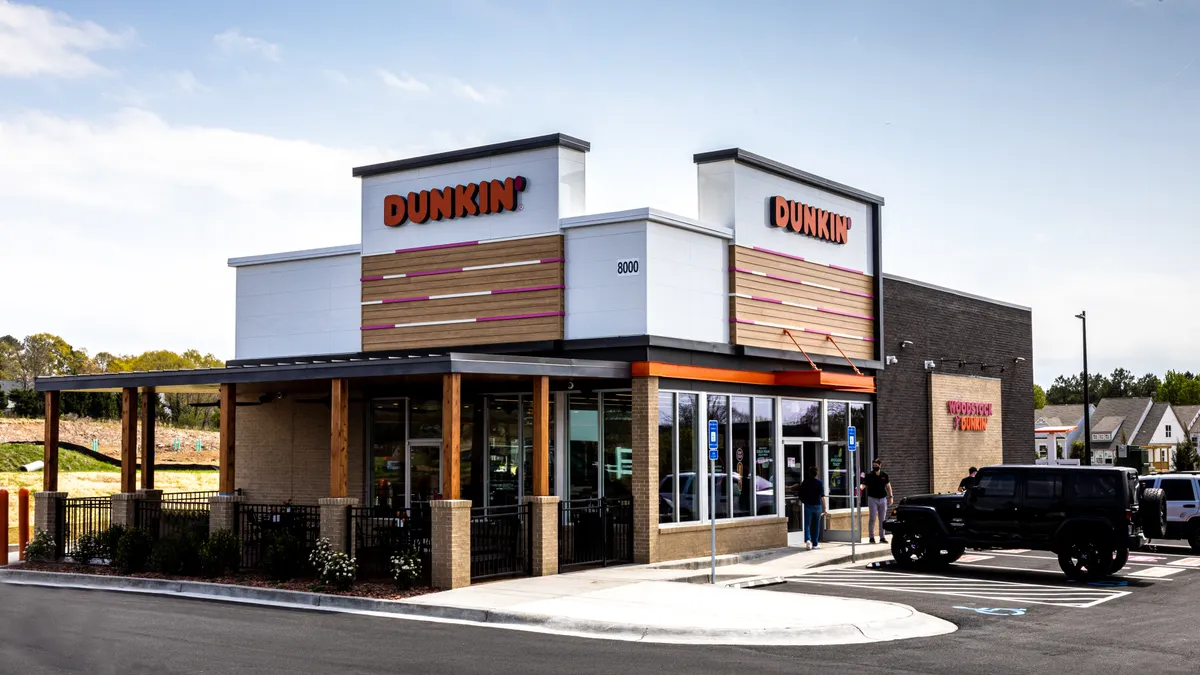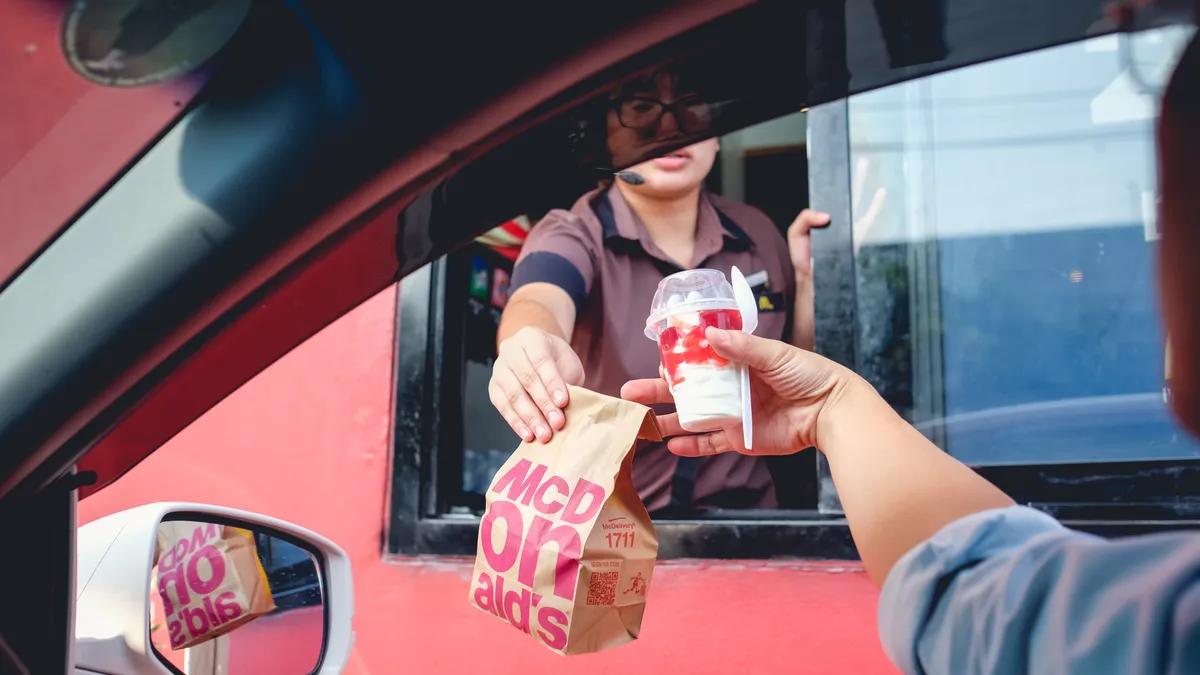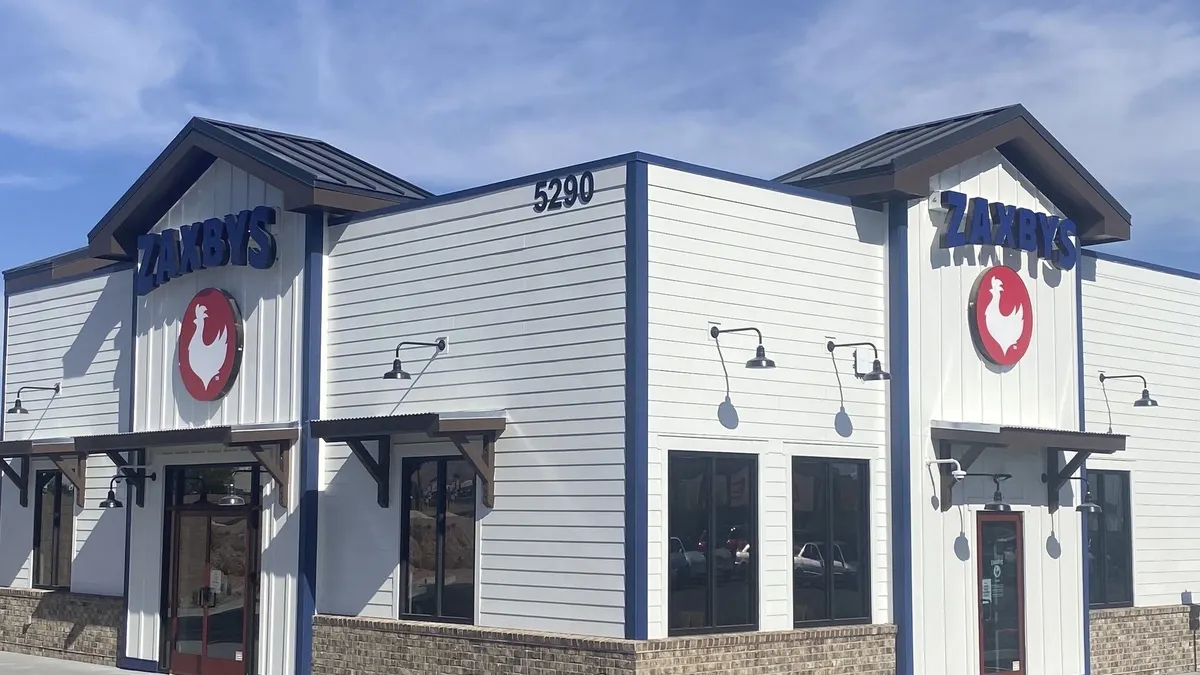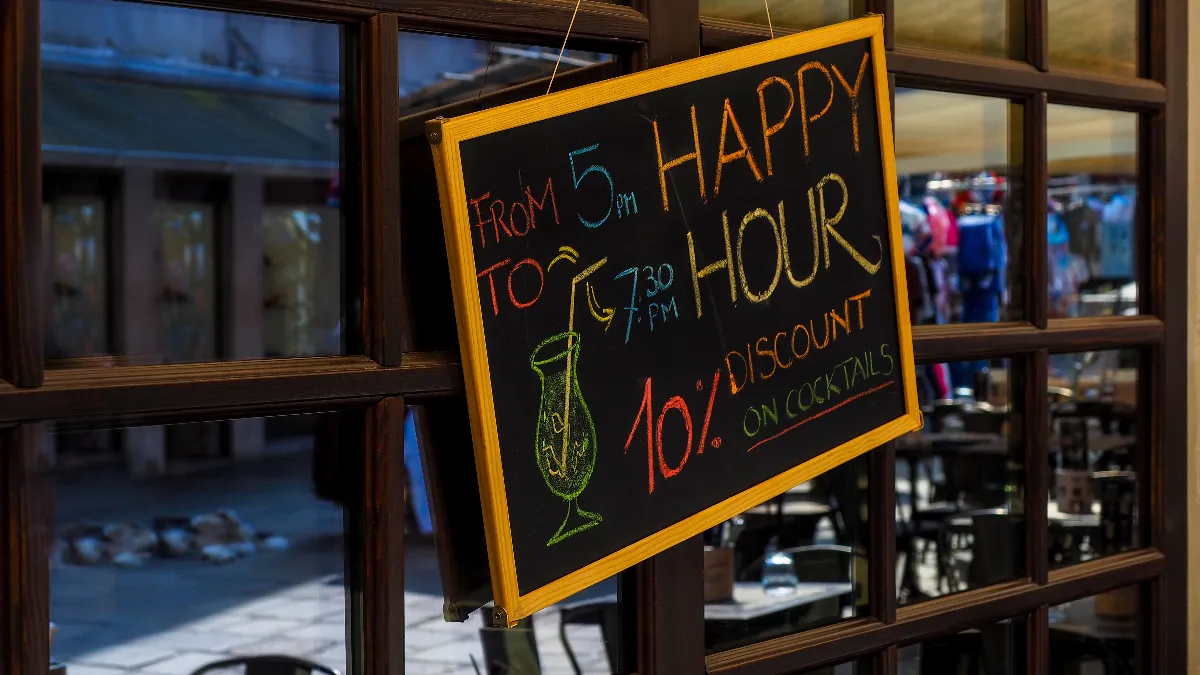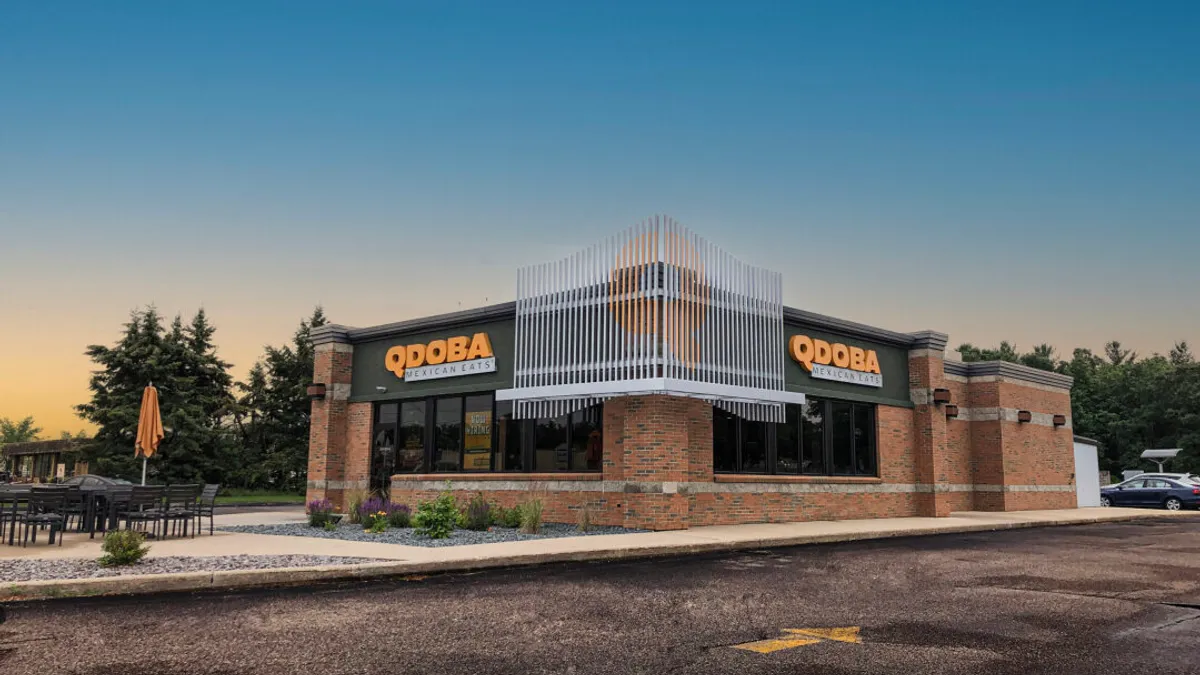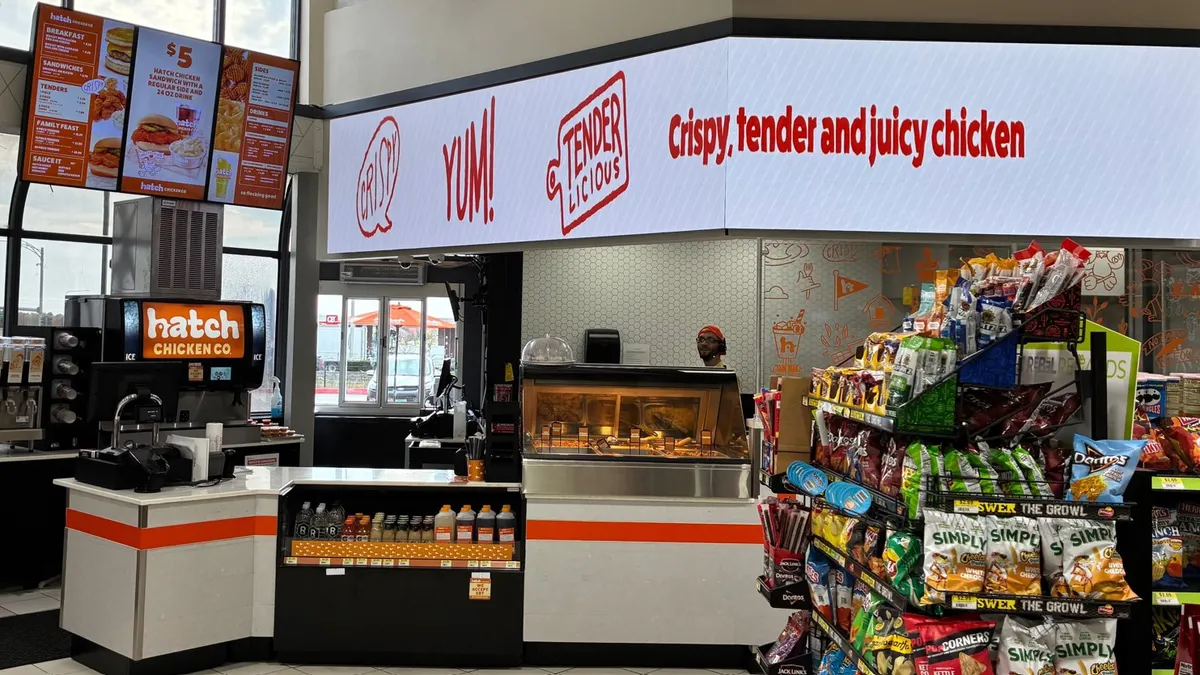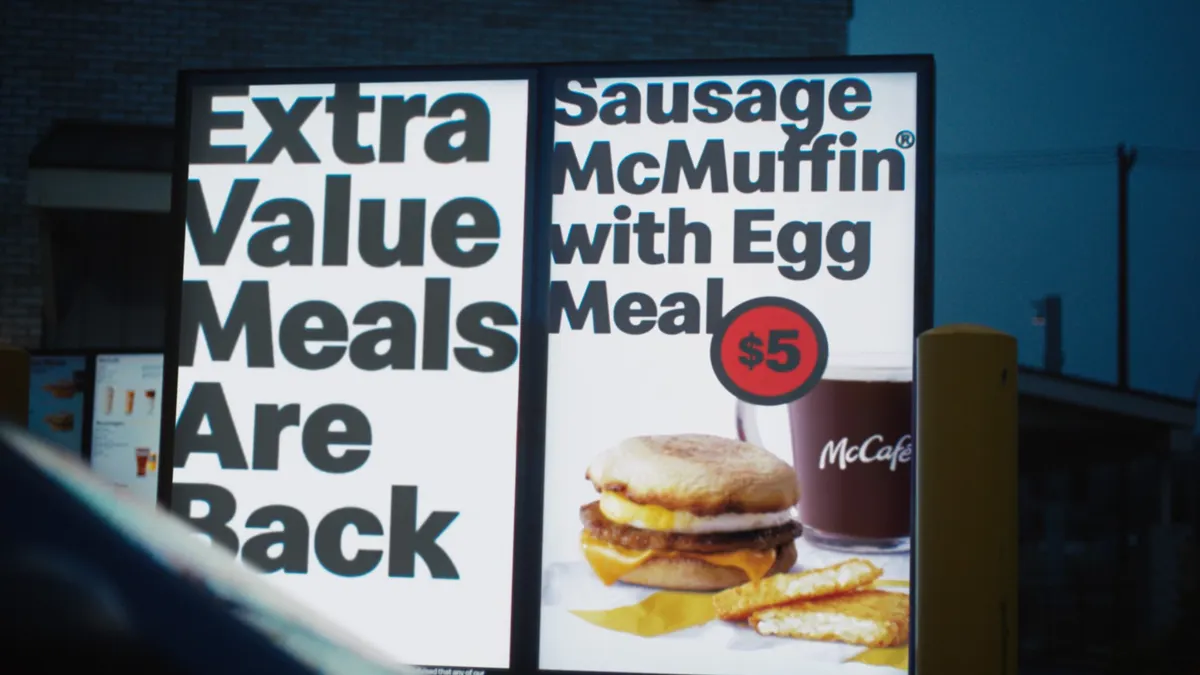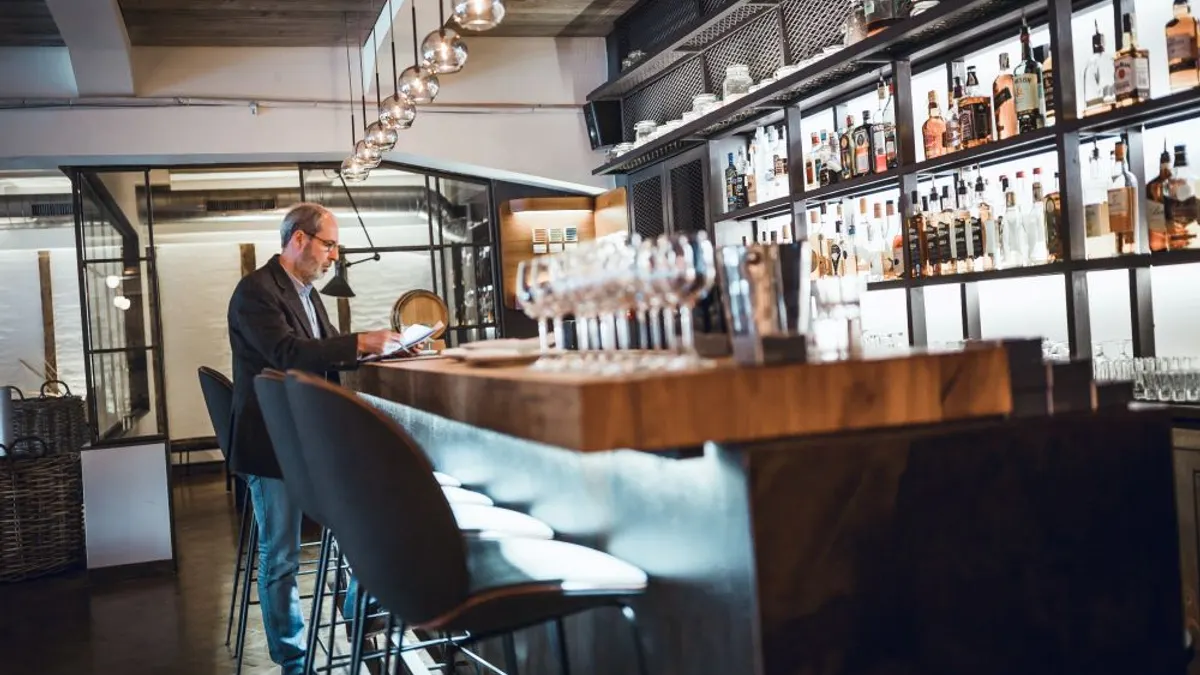Kwik Trip operates a sprawling 140-acre commissary campus with four buildings in Wisconsin, consolidating food production for the retailer’s more than 850 stores.
Each building encompasses one element of Kwik Trip’s dining landscape. There’s a beverage and ice cream facility that also makes its own plastic bottles for drinks; a bakery, which “really supplements our foodservice program because pretty much everything is on one of our buns,” said Micah Rupprecht, the retailer’s director of category management for foodservice. There’s also a refrigerated kitchen where meals from fried chicken to take-home dinners, pizzas and meat snacks are produced, and a facility for sweet goods, like cinnamon rolls and doughnuts.
Commissaries are a boon to convenience store chains large enough to warrant them. They bring consistency and ensure quality. Food safety standards can be stringently enforced. The supply chain is consistent.
Perhaps most important, they give convenience retailers the flexibility to update and evolve their food offerings.
Different strokes for different c-stores
Having a commissary, “comes down to having more control over what you do,” said Bob Derian, former corporate executive chef at RaceTrac and current partner with The Business Accelerator Team, a convenience store advisory firm. “It gives you an idea of exactly what you’re serving … and understanding what you’re trying to do.”
The biggest benefit for Kwik Trip is that, with the retailer in control of its own supply chain, it’s less likely to run out of supplies. “If I’m buying hamburger buns from elsewhere and they run out, I don’t have a lot to do about it,” said Rupprecht.
For Tennessee-based Weigel’s, the biggest benefits are consistency, food costs and waste reduction.
“We can buy in bulk because we’re making [items] for 85 stores out of one commissary,” said Beth Hoffer, vice president of foodservice for the chain. “This also means we can upgrade ingredients for better quality.”
Food safety is also easier to control at the commissary, she noted. There are fewer variables than in the stores — where there can always be interruptions from customers — and there’s a full-time quality assurance manager.
Weigel’s 110,000-square-foot facility opened in April and by the end of this year it will be supplying food to all of the chain’s stores. Early next year, Weigel’s plans to start making private label items for smaller chains. The company had been operating a bakery for around 12 years in a leased facility, “and we thought [about] where we would like to be in 10 years, so it made sense to have the commissary built,” said Hoffer.
The chain plans to expand its prepared foods to meet demand.
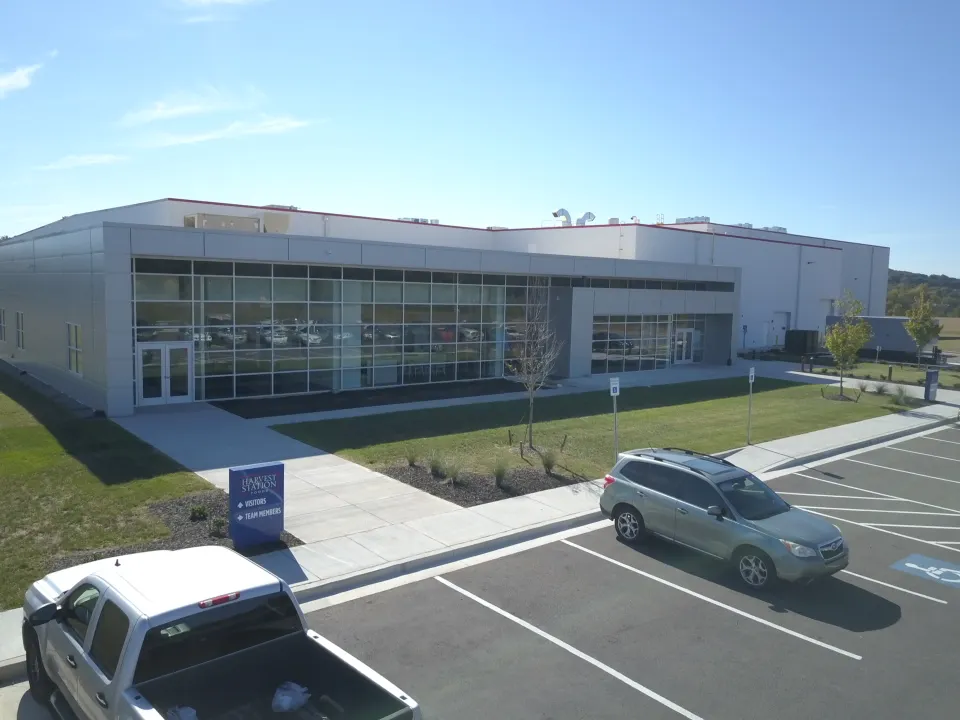
The building houses the full bakery line and features a temperature-controlled room that’s kept at 36 degrees, for assembling sandwiches, salads, parfaits and pizzas, which are then cooked in the stores.
Having built this commissary to its own specs simplifies the food production process, Hoffer said, and “allows [stores] to be better, more proficient and stay in stock.”
EG America’s 43,000-square-foot culinary center produces around 105,000 food items, from pizzas to parfaits for the increasingly foodservice-focused company. It sends frozen items out to 1,400 of its stores, while 600 stores receive fresh products four times a week. Around 50% of its production is breakfast sandwiches.
“This streamlines operations and gives us the opportunity to supervise large scale production in a very small space,” said Nathan Bartlett, EG America’s director of culinary operations. “One person can watch 100 people and everything is made with the same level of food safety, quality and consistency. We can reduce labor costs, bring in product in bulk and leverage some economies of scale.”
Operators need to “pick their menu apart,” when they create a commissary, said Derian. They need to consider ingredients, storage, prep, equipment and how many employees they are going to need.
Going with the flow
One of the most important elements to a commissary is its flow. This begins at the loading dock.
Weigel’s designed its building around its equipment. “We start with the menu — what do we do, what do we want to do,” Hoffer said. “We built a master plan for expansion and gave ourselves some wiggle room. I’ve got two empty rooms for potentials.”
When creating a commissary, she says, you have to think of the path of the food. Think of where it's starting and ending, and how to get items along that journey with the fewest steps.
EG America’s culinary center warehouse is designed as a horseshoe that wraps around the ready-to-eat area. The facility is designed for flow optimization. Materials can be received and prepared for processing in minutes.
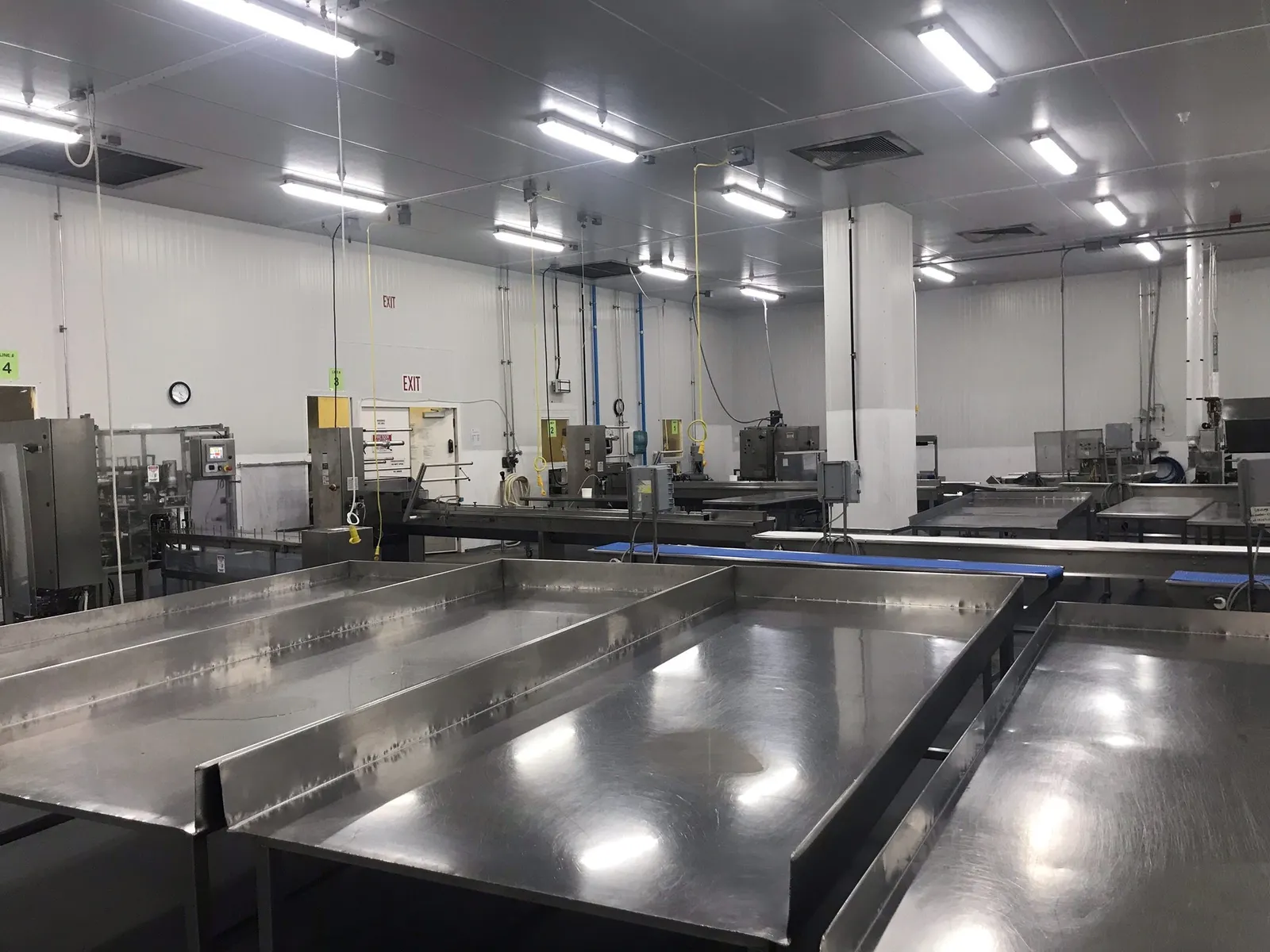
“As we receive materials they can either be utilized immediately following the sanitation of primary packaging, or they can be stocked,” said Bartlett. “The facility is hygienically zoned, meaning materials flow is restricted to specific patterns based on type and production demand.”
Following product assembly, the products are packaged within specification and transported by conveyor to the opposing end of the low-risk horseshoe, he explains, “where they receive metal detection and final quality checks before passing into the distribution center.”
Consider every step, advised Derian. Everything starts at the loading dock, he pointed out, so you must keep raw and cooked foods separate. Then ask questions about how food proceeds from there. Is your loading dock — or some of it — refrigerated? How will you keep flies out? Then how do products flow to their respective storage areas?
“You don’t want to cross any paths you’re setting,” he said. “Do you have enough space for the flow to be right?”
Including the right equipment
Lots of equipment is needed for a commissary kitchen, and what’s most important for a particular company’s facility is determined by what’s most important in their food programs.
Rupprecht said the most essential for Kwik Trip are the massive kettles, where it makes items like sauces, gravy and mac and cheese.
Blast freezers are also vital from a quality assurance standpoint “because every time you add heat, you have to take it out even faster,” he said. Kwik Trip also has its own packaging machines, which include clamshells, shrink wrap over pizzas and labeling machines.
“We want [customers] to know we’re in the business of making food."

Beth Hoffer
VP of foodservice, Weigel’s
And because Kwik Trip’s production is so high, a lot of its equipment is custom made. Employees like Rupprecht visit vendors and watch machines and find out what they want to buy and how it can be adjusted to do exactly what the chain wants.
Much of EG America’s equipment is focused around refrigeration, but it also includes some unusual equipment like metal detection machines and nitrogen tunnels to make individual quick freezing foods, which is items like cut fruit or vegetables which are quick-frozen.
Meanwhile, Weigel’s has a 40-foot-long freezer that can assemble 40 pizzas per minute then place them onto cardboard at the end and add shrink wrap and a label. There’s also a sandwich conveyor line where employees can assemble up to 500 sandwiches per hour. In its bakery commissary, the retailer has five double-rack ovens where it can cook 40 trays of cookies in 14 minutes, as well as an array of fryers and hoods for its doughnuts.
Weigel’s doesn’t have any ovens in its prepared foods commissary “because we want the theater to be in stores,” Hoffer explained. Chicken tenders come in ready-cooked then are double-breaded in stores where customers can see.
“We want them to know we’re in the business of making food,” said Hoffer.


